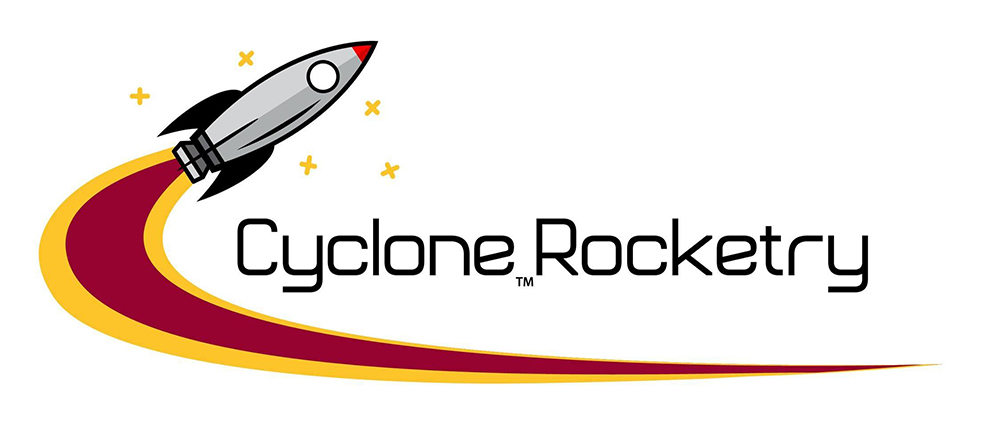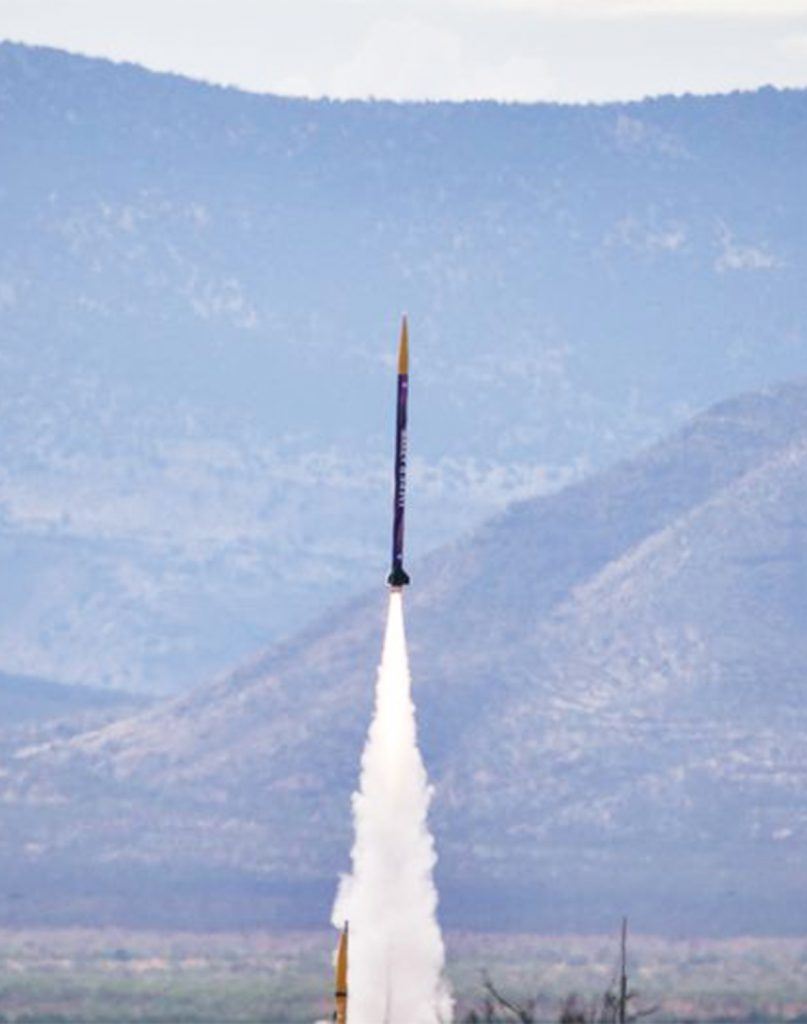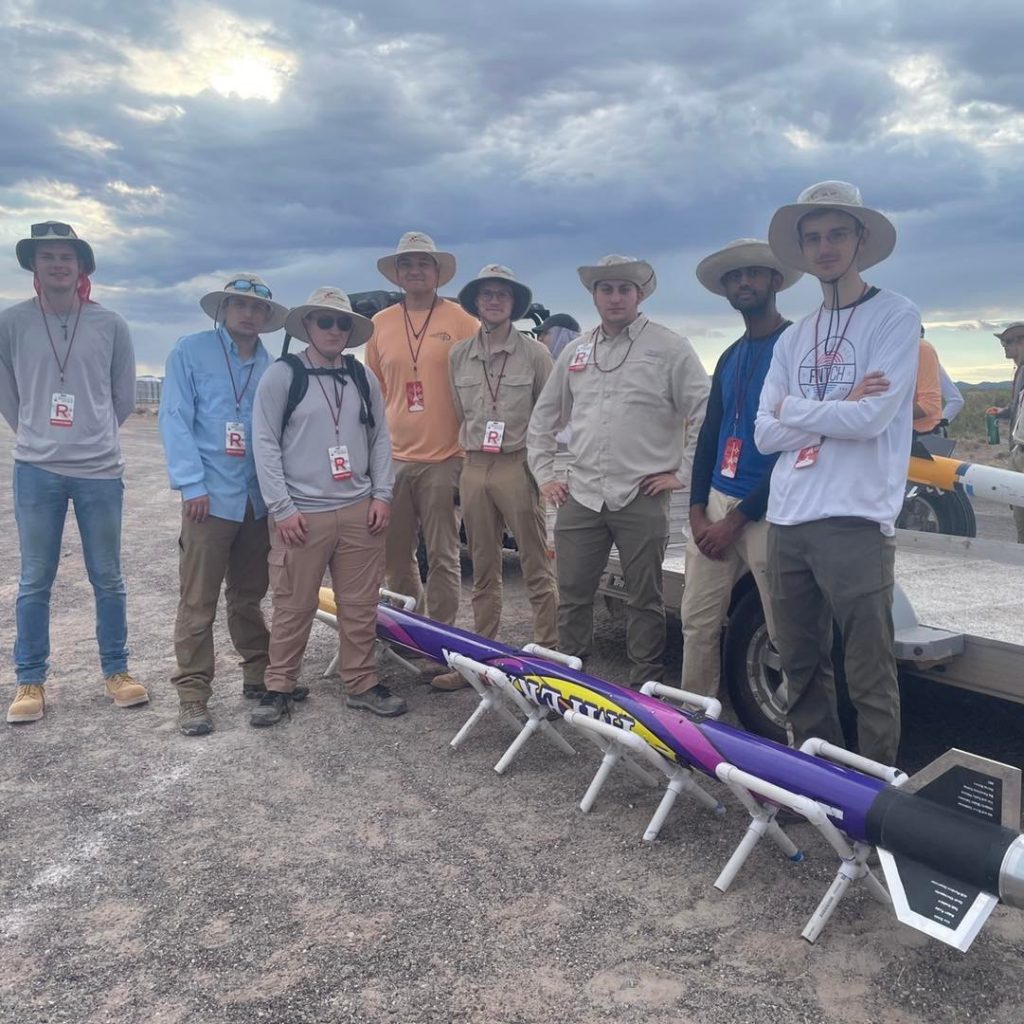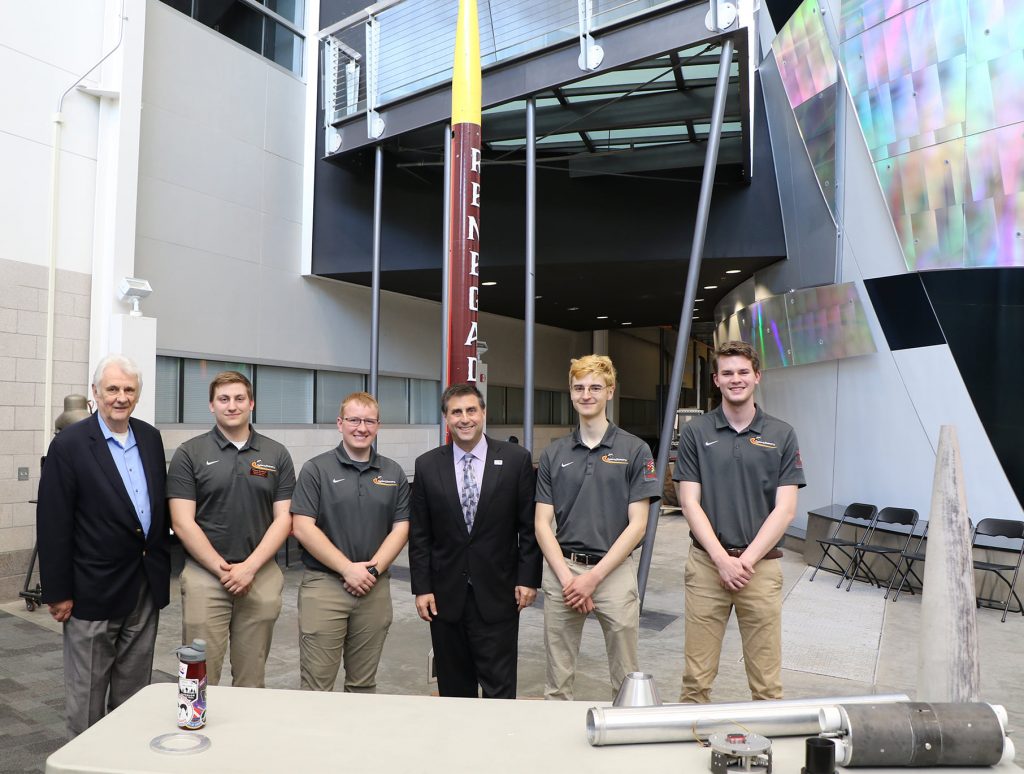Still, members of CyRoc say they would not have missed the SAC experience for the world and it plays a significant role in their growth as students and in their future in aerospace engineering. “Engineering clubs such as CyRoc offer extremely valuable hands-on experiences not available elsewhere, and the challenges we impose on ourselves force us to learn,” said Penick. “In addition to the technical side, teamwork enhances growth in communication, leadership, and other people skills. Many club alumni including myself credit it for leading to our careers in aerospace.”



